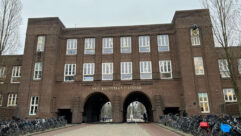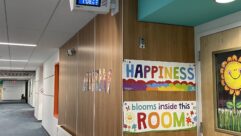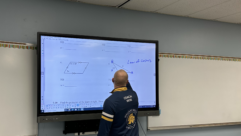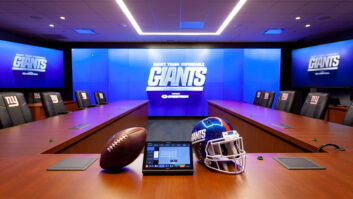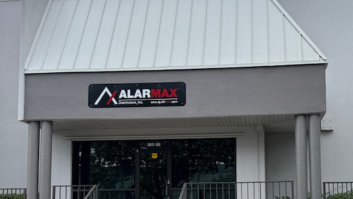
Architect Partners with Acoustical Consultant for School Auditorium
May 16, 2007 12:00 PM,
By Linda Seid Frembes

School auditoriums act as central hubs in a school’s activity calendar, hosting everything from lectures and meetings to high-school plays and special events. Many of these multi-purpose spaces across the country have not been renovated or updated since their creation several decades ago. Sam Rayburn High School in Pasadena, Texas, recently renovated its 800-seat, 1960’s-era auditorium using the latest in acoustic and electroacoustic technology and design.
“There has definitely been an increase in pro audio investment at the high school level,” says Bill Schuermann, senior design consultant for HFP Acoustical Consultants of Houston. “High schools have put up with low-budget sound systems for a long time. There are not many good-sounding auditoriums. These are multipurpose spaces that need to be able to do speech and presentations. Even home systems are hi-def so people are used to good audio; the expectations are higher.”
HFP was brought onto the project by lead architect Israel Grinberg, principal of ArcTec Associates in Bellaire, Texas. Interestingly, of the four auditoriums being revamped in the Pasadena school district, Grinberg was the only architect who hired an acoustical consultant. Grinberg notes that it is a trend that more acoustical consultants are working on school auditoriums; however, he was first introduced to the notion about 25 years ago.
“I was introduced to acoustical solutions when I worked on a high rise project with HVAC issues,” Grinberg says. “Then, in 1992, I was hired to renovate a church sanctuary and everything the client said related to sound problems. I hired an acoustical consultant for that job and quickly understood that I needed to base everything I designed for the space around the acoustics.”
For the Rayburn High School project, Schuermann commented that, from an acoustical perspective, the original architect’s design was acoustically-friendly. “The original architect did a nice job so our directive was to maintain the acoustical aspects of the space or make it better. The room wasn’t the typical rectangle; not a lot of parallel surfaces and the ceiling was shaped to direct sound energy onto the seating area.”

The auditorium had asbestos that needed abatement, which was one of the factors that prompted the redesign. Otherwise, the space had not been touched since it was built. To address both the acoustical and architectural design, Grinberg explains: “I took what [HFP] specified and made them into architectural elements. For example, we used corrugated aluminum panels on the back wall to cover the acoustical panels, but also repeated the panels throughout so it unified the look. The front speakers under the stage are covered with the metal panels so they match the back wall.”
Additionally, the wall space above the light cove was sloped inward at a degree specified by HFP and an array of ceiling clouds were installed over the seating area. The auditorium’s HVAC air ducts on each side of the auditorium were narrow and long. New air ducts were installed and HFP installed diffusers throughout the ceiling between the clouds. “The ceiling is working for the room so the directed energy is enhancing the coverage of the speakers. Every ceiling cloud has a unique set of angles,” Schuermann says.
The final piece was a professional audio system by Meyer Sound that included two CQ-1 loudspeakers hung to the left and right of the stage, and three UPOM-1P loudspeakers for front fill, and one USW-1P subwoofer—all hidden under the stage. The entire system is self-powered, which eliminats the need to run conduit or to find space for an amplifier rack. “With the Meyer Sound products, I can use fewer devices to accomplish the same performance level. As a designer, I would rather put in less gear to achieve the goal,” Schuermann says. “Add in a digital console and DSP, and the high school has the sound system they wanted.”
Overall, Schuermann encourages schools to look at acoustical issues or problems before the electroacoustics. Using current technology, a school can affordably create a better acoustical space. However, schools must also consider factors like the HVAC system that can sound like a small thunderstorm. “If you give them a good room and a good set of tools, then the application of the room goes up dramatically,” he says. “There are lots of school districts in cities and small towns that need a good-sounding multipurpose space. Look at Sam Rayburn High School; it is possible.”


